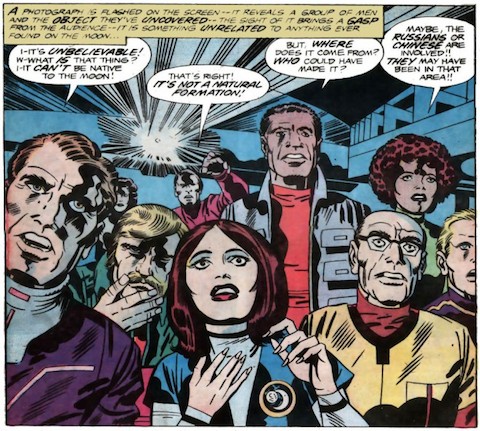When we think of trash-talking, transgressive comedians, a few big names spring immediately to mind: George Carlin and Richard Pryor; Joan Rivers and Lenny Bruce. Currently, we have Amy Schumer, and Louis CK and Chris Rock, who—though both prominent family men now—still piss people off from time to time. We’ve just scratched the surface, of course, but we might even think of Denis Leary, who dominated the 90s with his rapid-fire delivery and unrepentant chain smoking. And if you know Leary, you may know the man whose act he’s been accused of stealing—chain-smoking firebrand comic Bill Hicks.
I won’t get into the merits of those charges (comedy plagiarism is a long and storied subject). What I find interesting is that in one of the key similarities between Leary and Hicks lies one of their greatest differences: a distinctive regionalism—Leary the wiseass New Englander; Hicks the rebellious Southerner. Hicks grew up in Texas, and was very much a Texan, though not your red state, Bush-voter but the kind of Texan who once upon a time elected Democratic governor Ann Richards. (He described his family as “Yuppie Baptists,” who “worried about things like, ‘If you scratch your neighbor’s Subaru, should you leave a note?’”)
In rebelling against both an uptight urban liberalism and the angry rural chauvinism of his conservative Southern milieu, Hicks, who died of cancer in 1993, became something of a folk hero as well as a comedy legend. For a taste of his comic invective, see him rip into American anti-intellectualism in the clip above. And for a taste of his methodology, see the list below, once posted on the wall of Atlanta’s Laughing Skull comedy club. This comes to us via comedian Chris Hardwick at Nerdist, who, after offering his own advice, turns to Hicks to answer to the question, “How does one go about being a comic.”
BILL HICKS’ PRINCIPLES OF COMEDY
1. If you can be yourself on stage nobody else can be you and you have the law of supply and demand covered.
2. The act is something you fall back on if you can’t think of anything else to say.
3. Only do what you think is funny, never just what you think they will like, even though it’s not that funny to you.
4. Never ask them is this funny – you tell them this is funny.
5. You are not married to any of this shit – if something happens, taking you off on a tangent, NEVER go back and finish a bit, just move on.
6. NEVER ask the audience “How You Doing?” People who do that can’t think of an opening line. They came to see you to tell them how they’re doing, asking that stupid question up front just digs a hole. This is The Most Common Mistake made by performers. I want to leave as soon as they say that.
7. Write what entertains you. If you can’t be funny be interesting. You haven’t lost the crowd. Have something to say and then do it in a funny way.
8. I close my eyes and walk out there and that’s where I start, Honest.
9. Listen to what you are saying, ask yourself, “Why am I saying it and is it Necessary?” (This will filter all your material and cut the unnecessary words, economy of words)
10. Play to the top of the intelligence of the room. There aren’t any bad crowds, just wrong choices.
11. Remember this is the hardest thing there is to do. If you can do this you can do anything.
12. I love my cracker roots. Get to know your family, be friends with them.
I’ve never for a second considered doing stand-up, but I’ve stood in front of many a crowded music venue and classroom and have had to conquer stage fright and self-doubt. Seems to me much of Hicks’ advice is plenty applicable to any kind of performance situation, whether its teaching, playing music, giving a job or conference talk, a magic act, or doing stand-up, which I don’t doubt is “the hardest thing there is to do.” I especially like number 12. Hicks’ misanthropic salvos against American ignorance hit the target so often because he genuinely seemed to care about the culture he took aim at.
via @WFMU
Related Content:
How the Great George Carlin Showed Louis CK the Way to Success (NSFW)
Joan Rivers (1933–2014) Describes on Louie Her Undying Commitment to Comedy
Lenny Bruce Riffs and Rants on Injustice and Hypocrisy in One of His Final Performances (NSFW)
Josh Jones is a writer and musician based in Durham, NC. Follow him at @jdmagness





